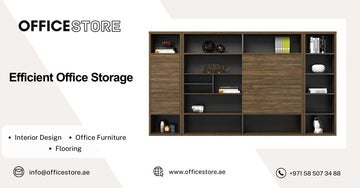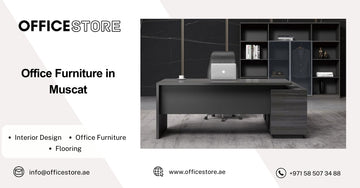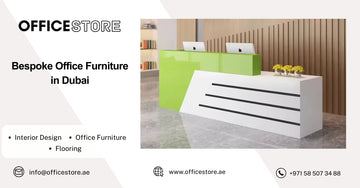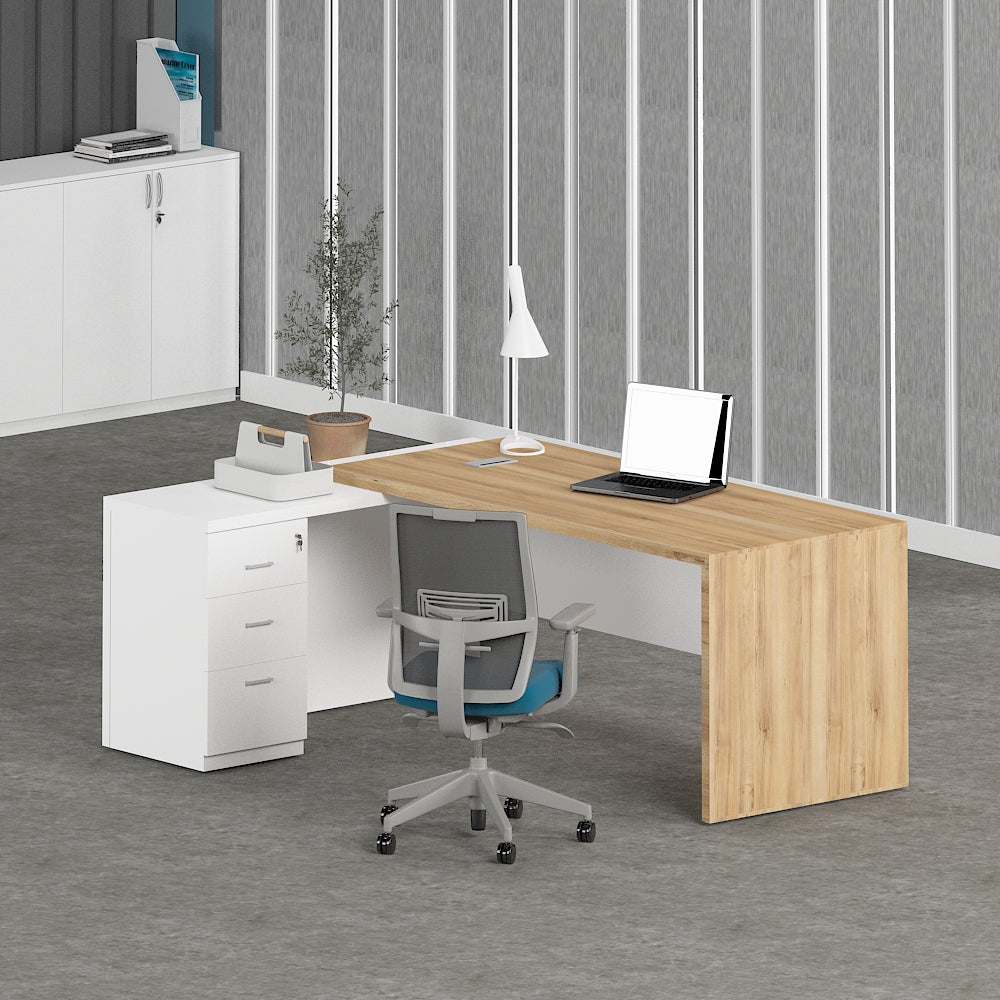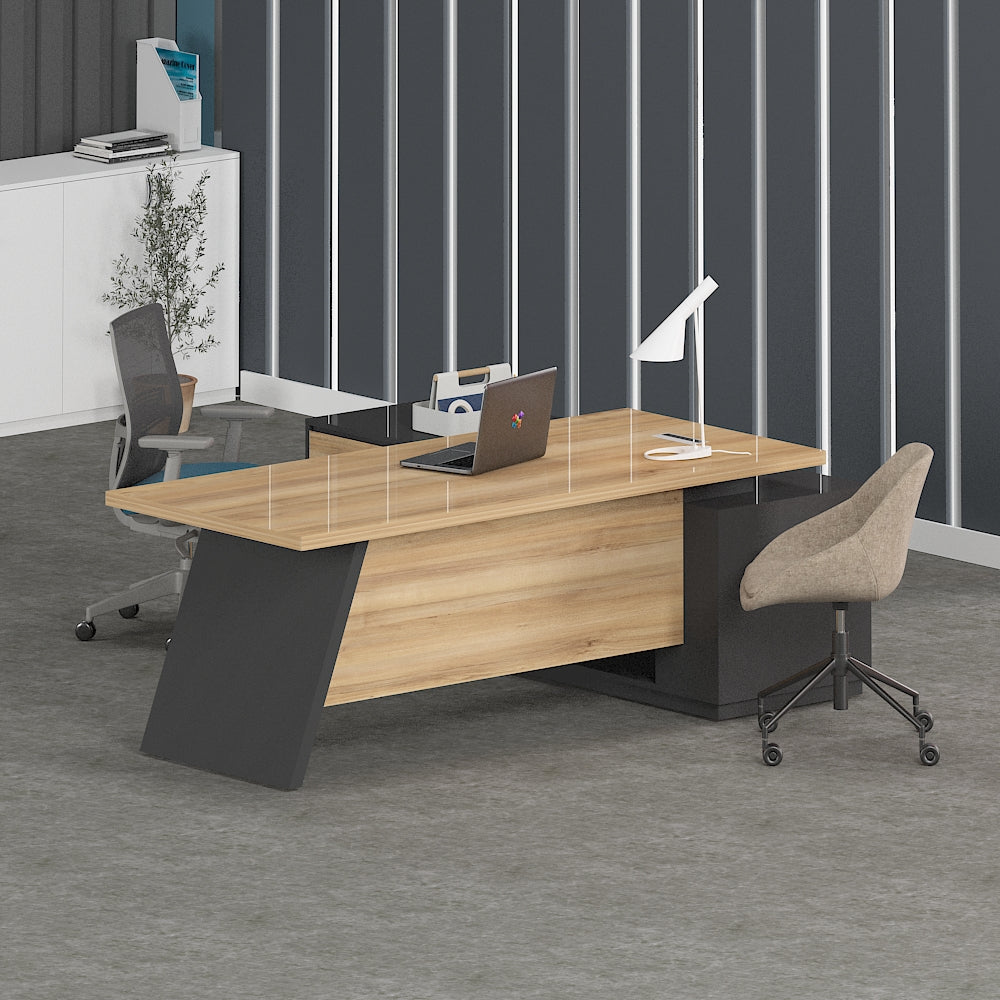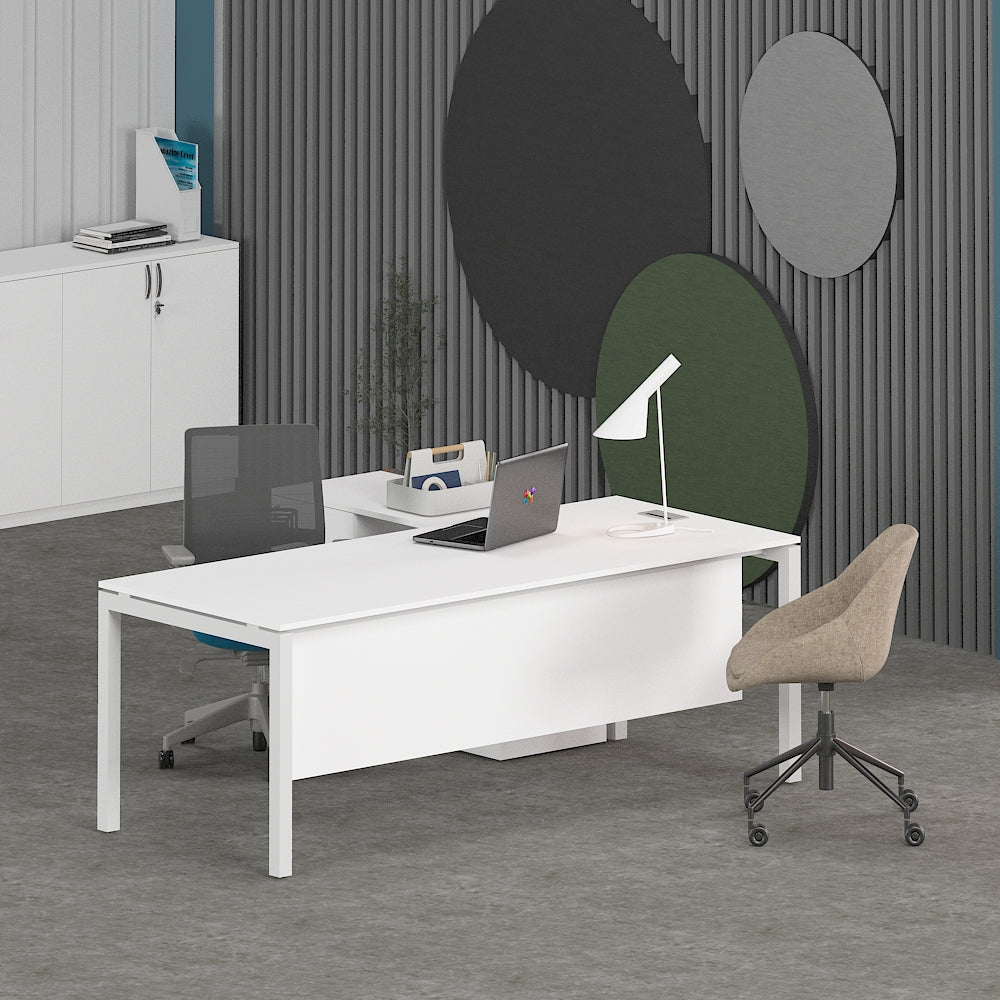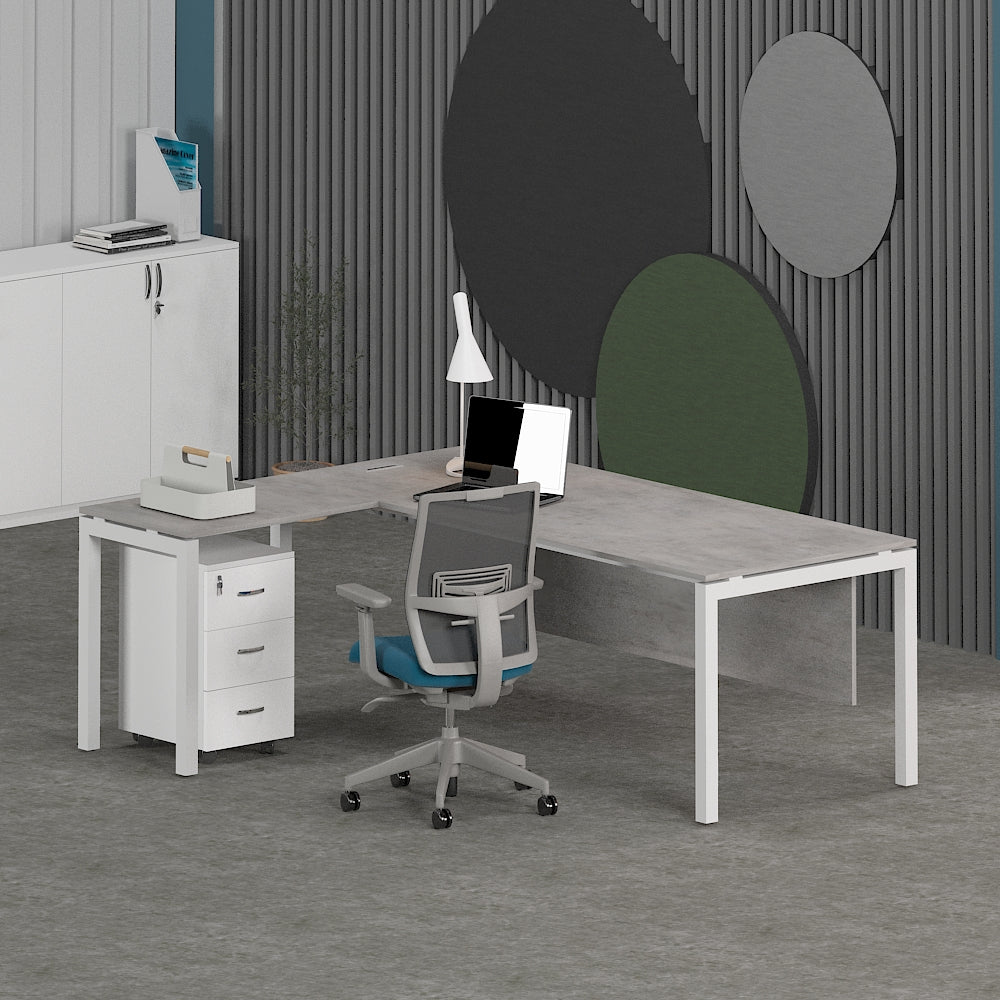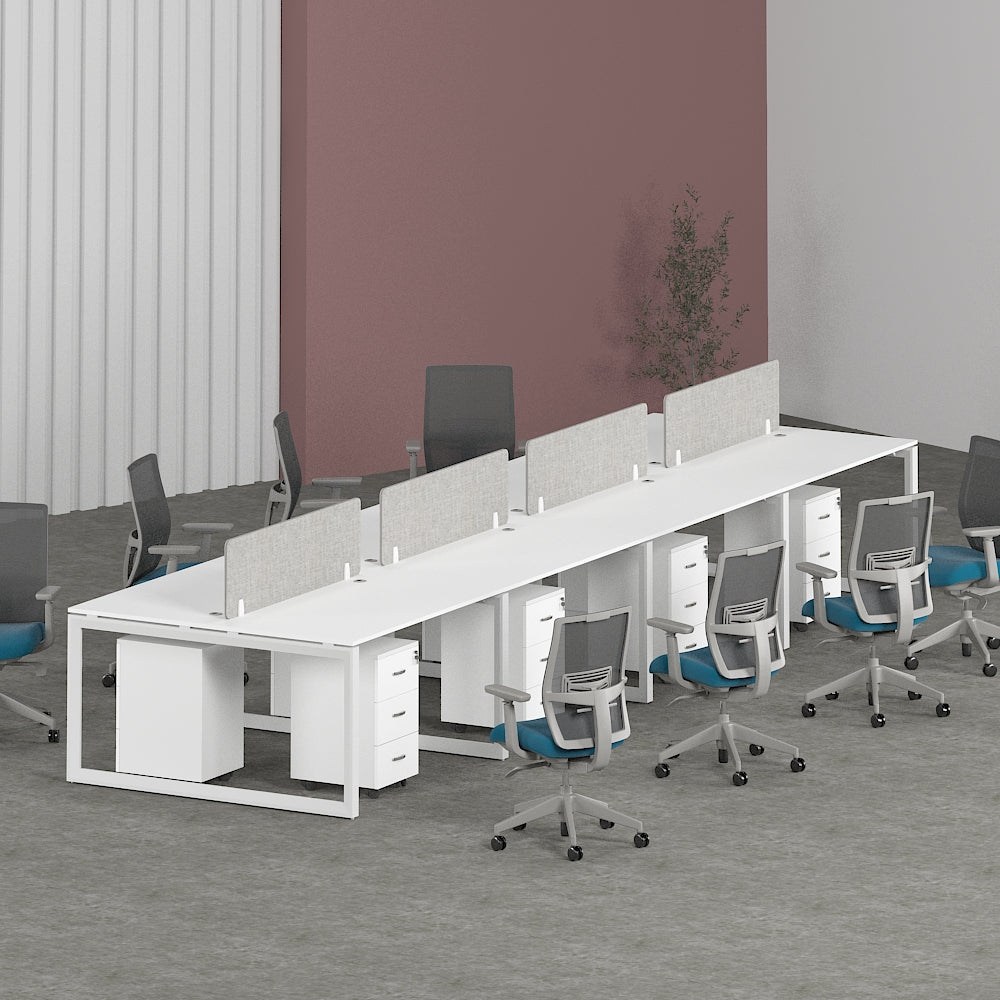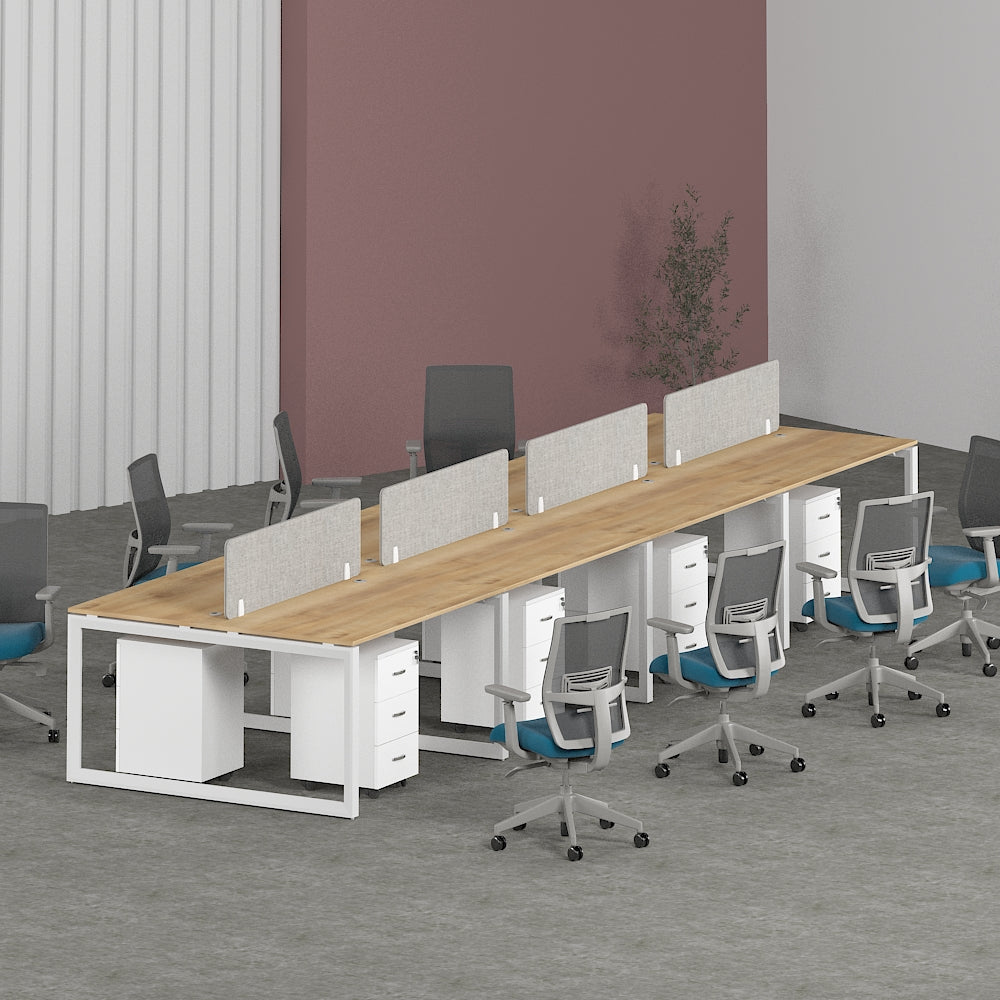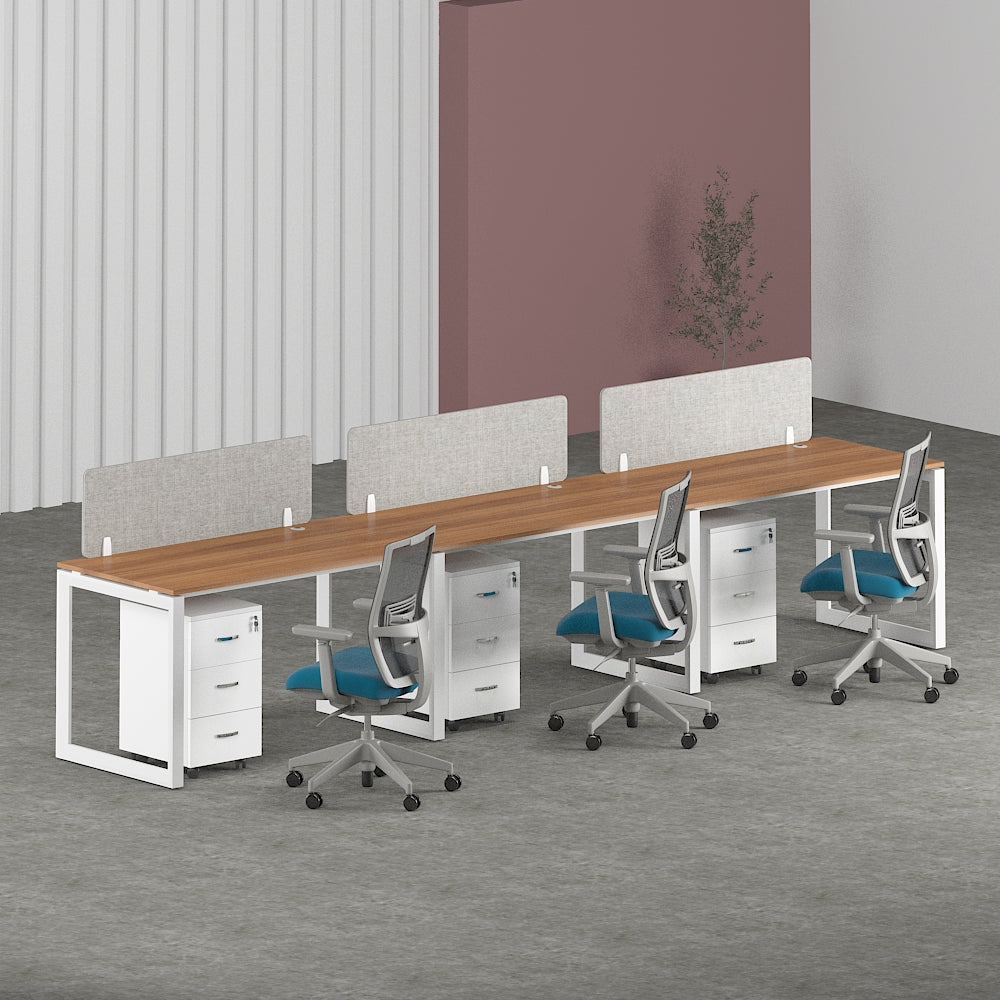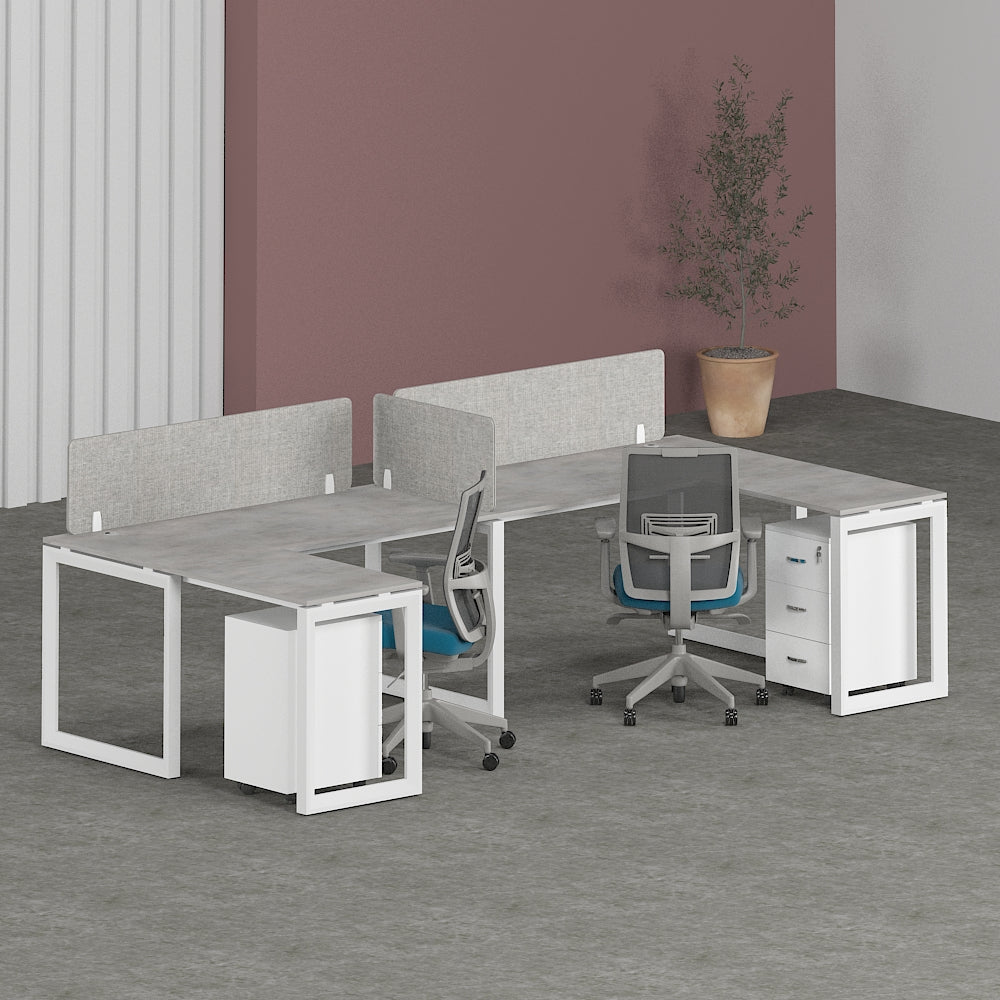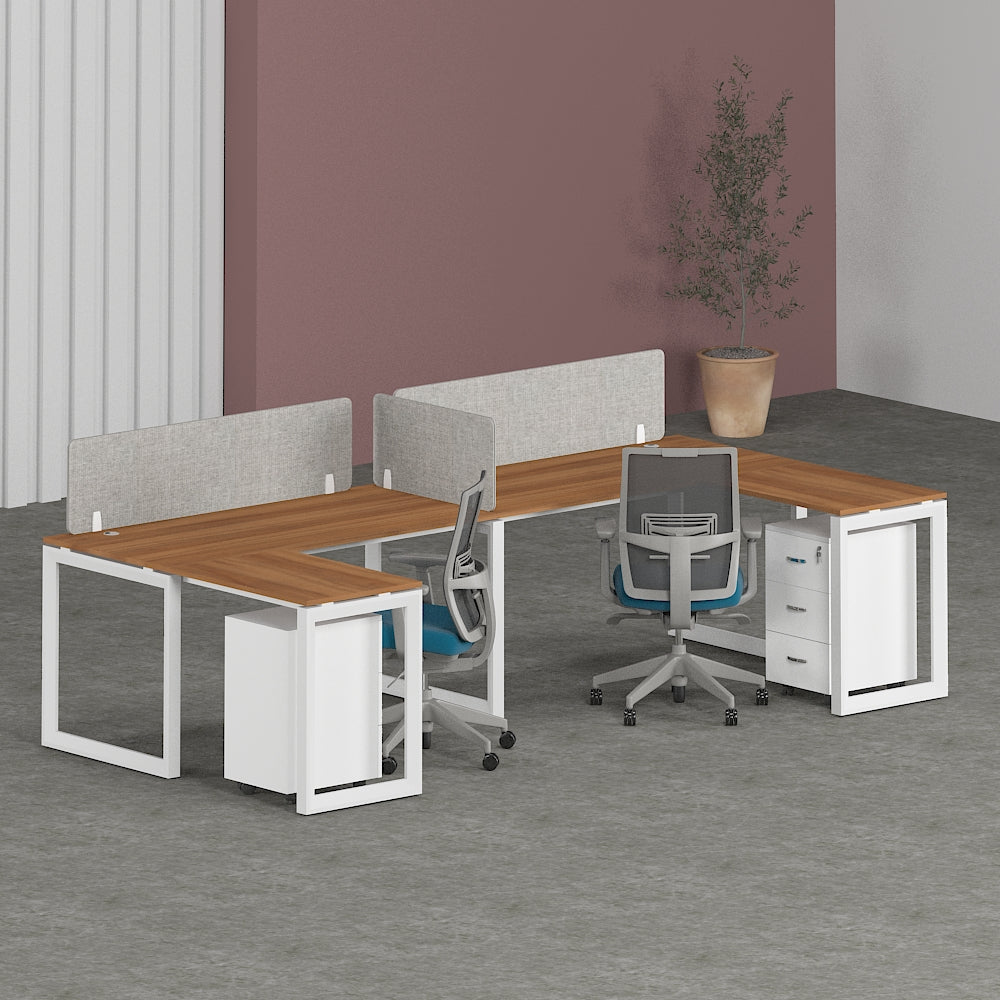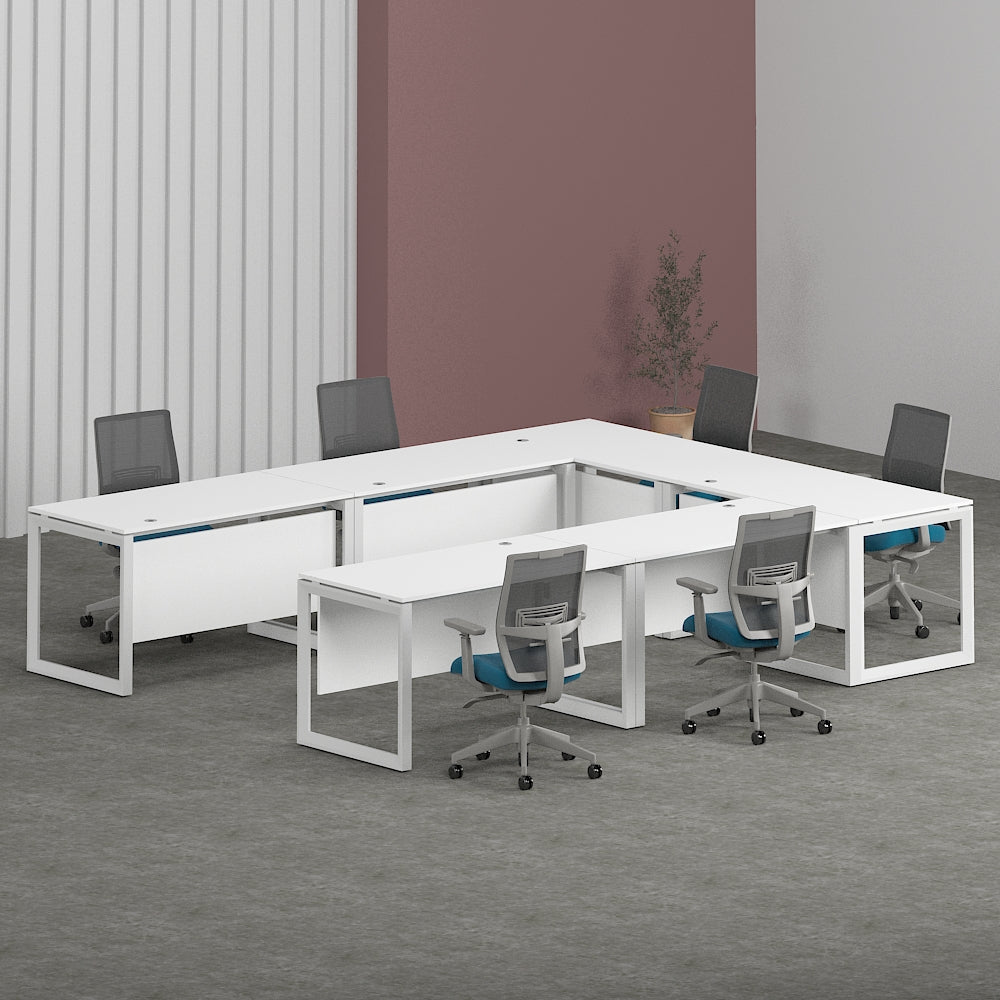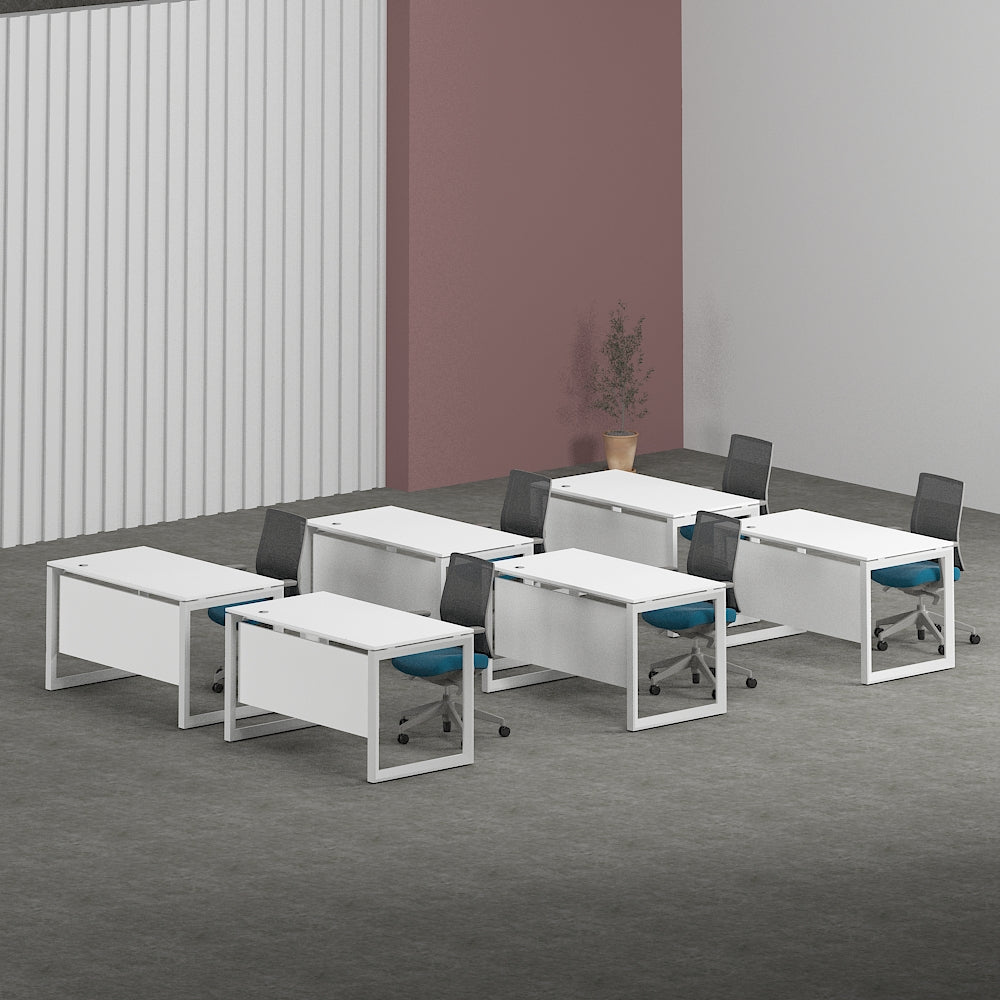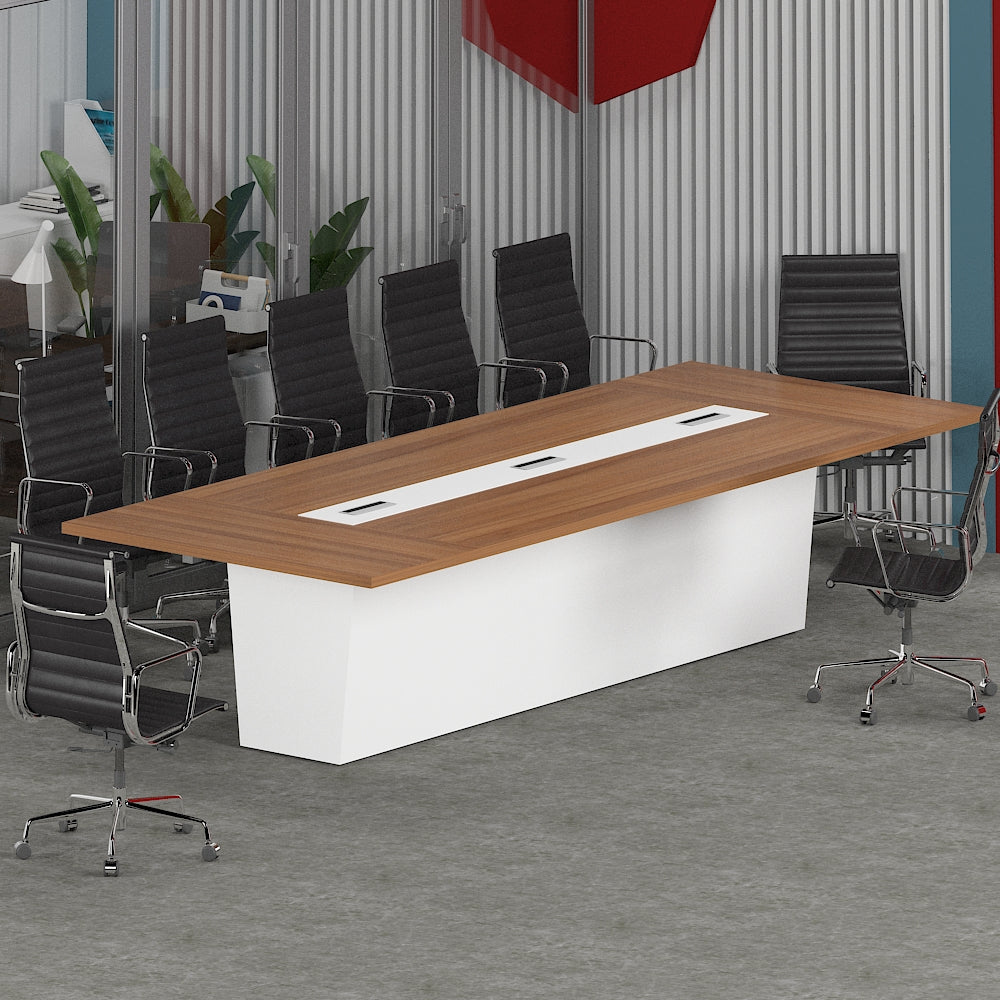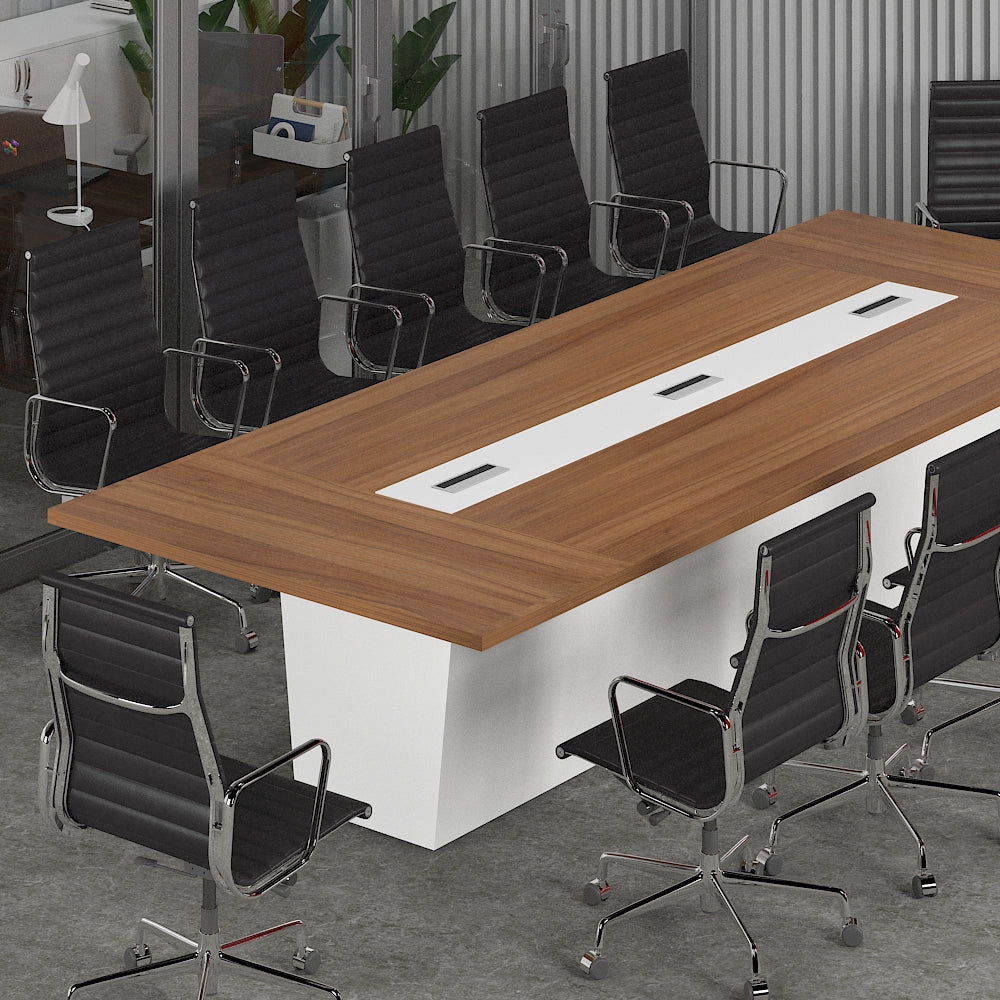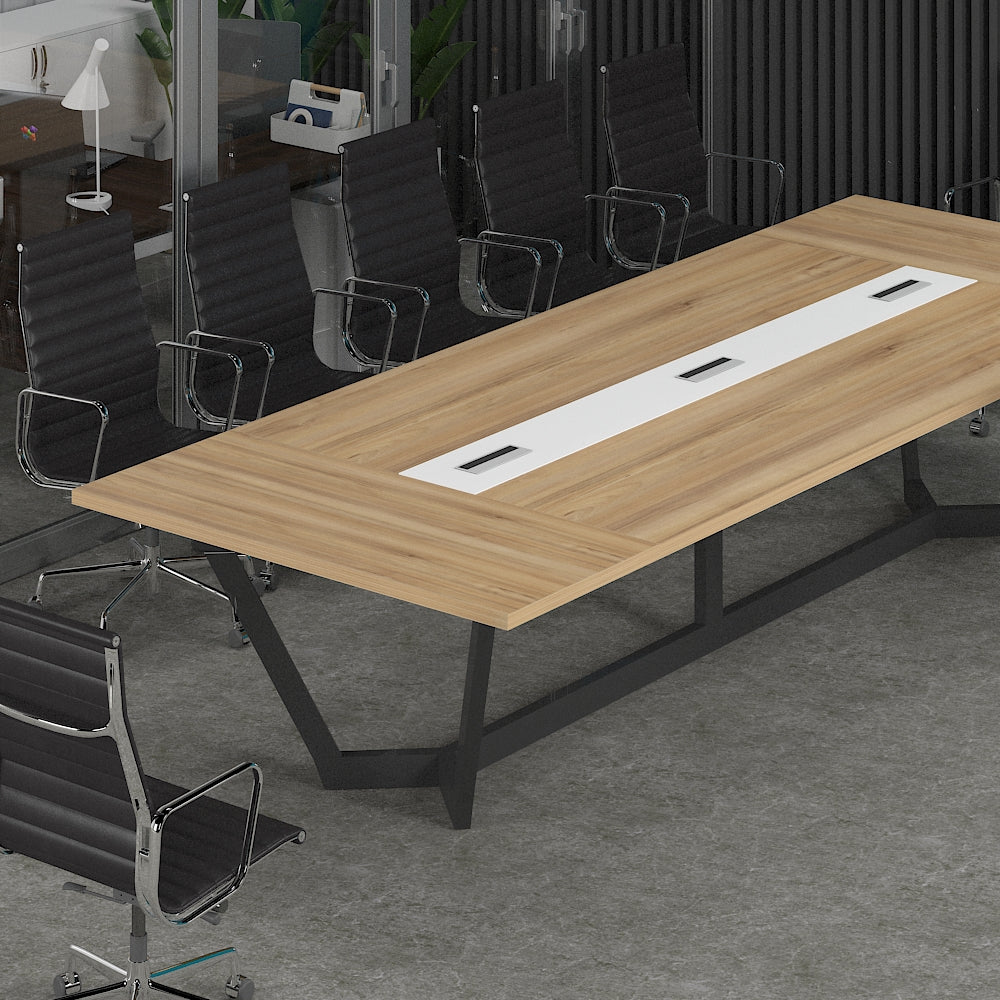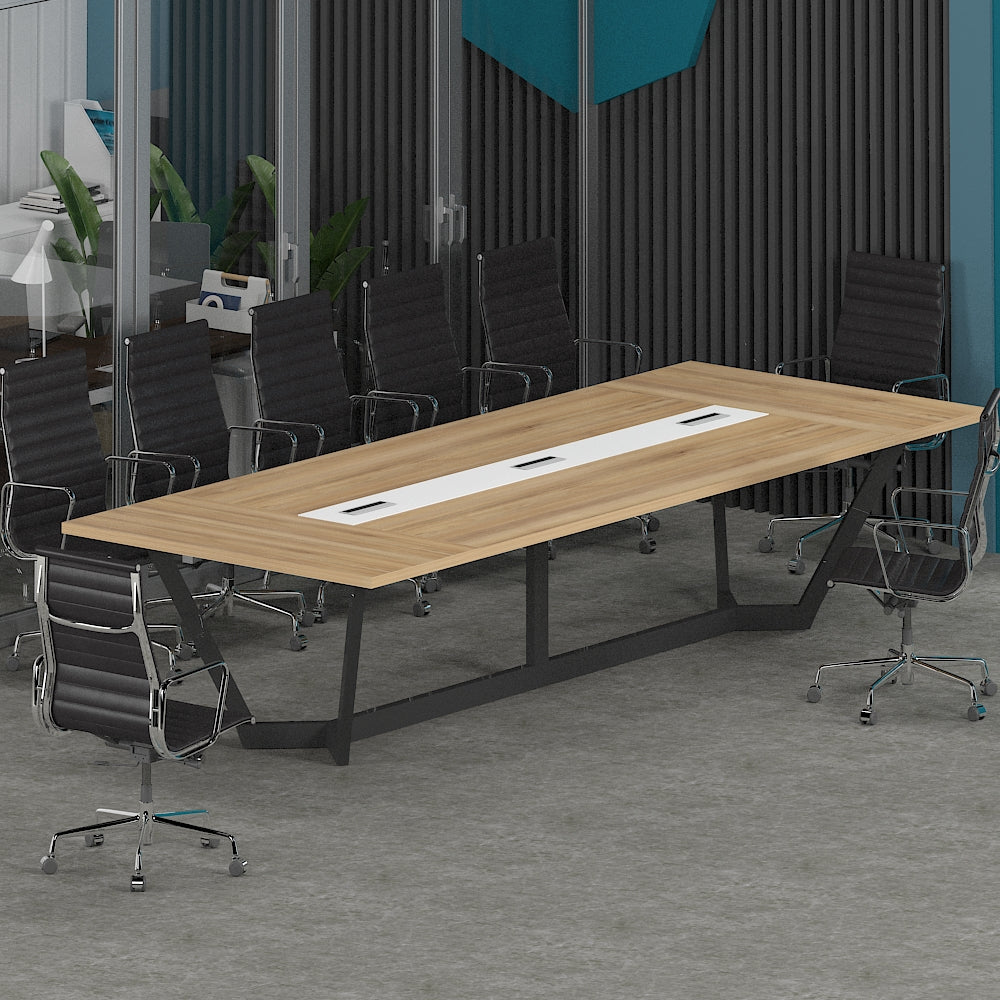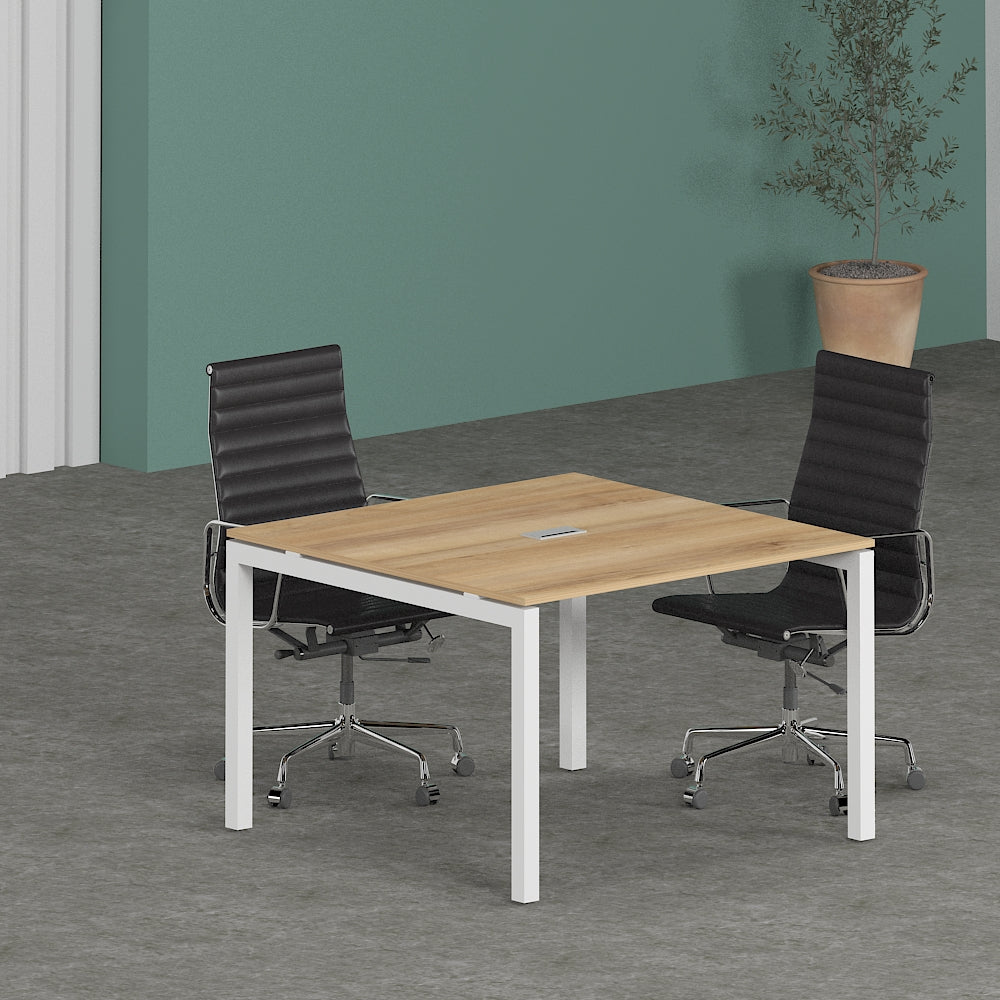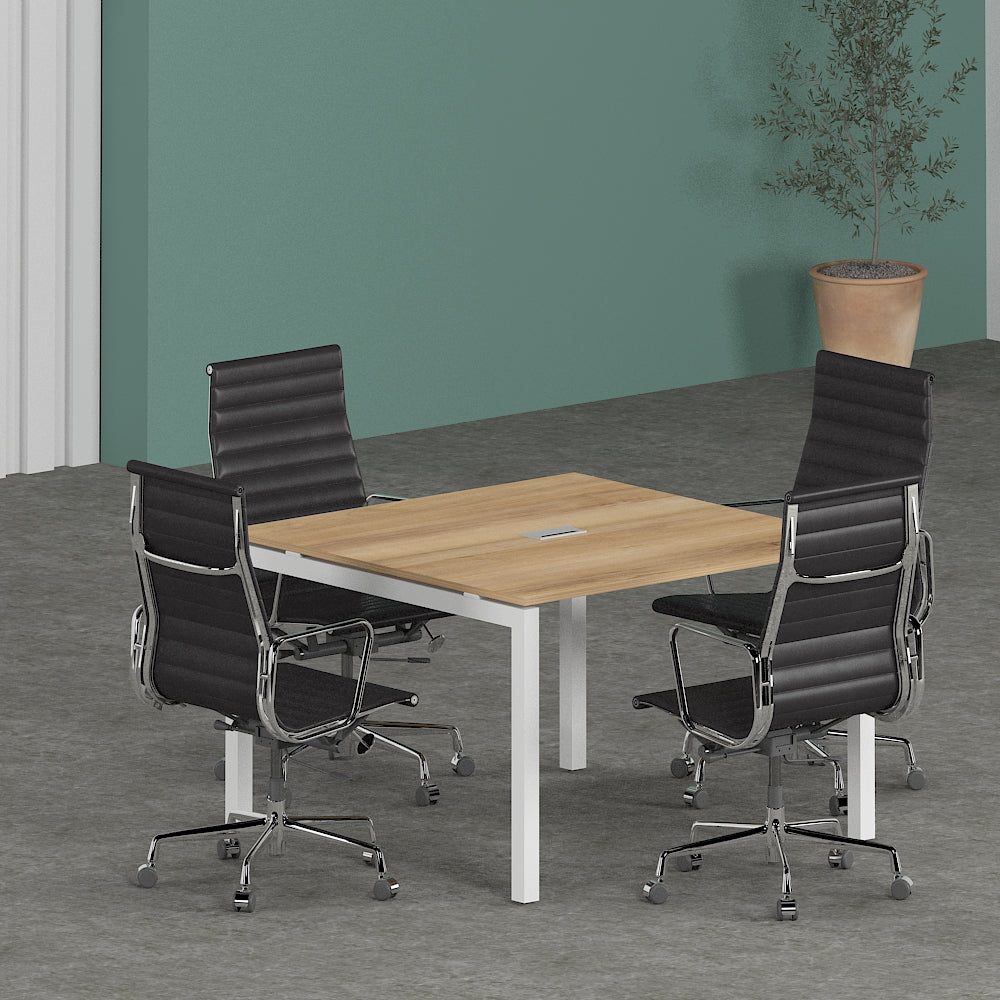Efficient Office Storage Solutions: Transforming Chaos into Productivity
Welcome to the ultimate guide on achieving an organized and efficient office space! If you've ever found yourself drowning in paperwork or struggling to locate essential documents amidst the clutter, you're not alone. The key to overcoming this chaos lies in implementing efficient office storage solutions. In this article, we'll explore the importance of office organization, the benefits of efficient storage, practical decluttering techniques, and tips for maximizing your workspace's potential.
1. Importance of Office Organization
Maintaining a well-organized office environment is more than just tidying up—it's about creating a conducive space for productivity and creativity to flourish. When your workspace is clutter-free, you can think more clearly, focus better, and tackle tasks with efficiency. Additionally, an organized office reflects professionalism and attention to detail, leaving a positive impression on clients and colleagues alike.
2. Benefits of Efficient Office Storage
Investing in efficient office storage solutions offers a myriad of benefits beyond just a tidy workspace. By optimizing storage, you can:
2.1 Boost Productivity
A clutter-free environment minimizes distractions and streamlines workflow, allowing you to accomplish tasks more efficiently. With everything in its designated place, you'll spend less time searching for items and more time getting work done.
2.2 Enhance Creativity
An organized workspace stimulates creativity by reducing mental clutter and providing a clear canvas for innovative ideas to flow. When your environment is orderly, you're better equipped to brainstorm, problem-solve, and think outside the box.
3. Decluttering Techniques
Before diving into storage solutions, it's essential to declutter your workspace effectively. Here are some techniques to help you clear the clutter, both digitally and physically:
3.1 Digital Decluttering
- Archive or Delete Unnecessary Files: Review your digital files and delete or archive any outdated or redundant documents.
- Organize Digital Folders: Create a logical folder structure and categorize files based on their relevance and importance.
- Utilize Cloud Storage: Store documents and files in the cloud to free up space on your devices and ensure accessibility from anywhere.
3.2 Physical Decluttering
- Purge Unnecessary Items: Sort through physical items such as paperwork, stationery, and office supplies, and discard or donate anything you no longer need.
- Implement a "One In, One Out" Rule: For every new item you bring into your office, remove an old one to prevent accumulation.
- Create Zones: Designate specific areas for different tasks and ensure items are returned to their respective zones after use.
4. Choosing the Right Storage Solutions
Not all storage solutions are created equal. It's essential to select options that cater to your specific needs and maximize space utilization. Consider the following:
4.1 File Management Systems
Invest in high-quality filing cabinets, shelves, or drawer organizers to keep documents neatly organized and easily accessible. Label folders and containers for quick identification and retrieval.
4.2 Neat Desk Setup
A cluttered desk can hinder productivity and creativity. Opt for desk organizers, trays, and desktop file holders to keep essentials within reach while maintaining a clean and tidy workspace.
5. Maximizing Space
Even in small offices, there are numerous ways to maximize space utilization and create an organized environment:
5.1 Vertical Storage
Utilize wall-mounted shelves, hanging organizers, or tall bookcases to take advantage of vertical space and free up valuable floor area.
5.2 Multi-functional Furniture
Choose furniture pieces that serve dual purposes, such as desks with built-in storage or ottomans with hidden compartments. This not only saves space but also adds functionality to your office layout.
6. Tips for Storage Optimization
Once you've established a system for storage, it's crucial to maintain and optimize it regularly. Here are some tips to keep your office organized:
6.1 Labeling and Categorizing
Label shelves, drawers, and containers to ensure items are returned to their proper place. Categorize items based on frequency of use and prioritize accessibility for frequently accessed items.
6.2 Regular Maintenance
Schedule regular decluttering sessions to prevent accumulation of unnecessary items. Set aside time each week to tidy up your workspace and reassess your storage needs.
Conclusion
Efficient office storage is the cornerstone of a productive and organized workspace. By implementing the right storage solutions, decluttering techniques, and space-saving strategies, you can transform chaos into order and boost productivity levels. Remember, a clutter-free environment isn't just visually pleasing—it's essential for maintaining focus, enhancing creativity, and achieving professional success.
FAQs
1. How do I choose the right storage solutions for my office?
- Consider your specific storage needs, available space, and budget when selecting storage solutions. Opt for options that offer functionality, durability, and aesthetic appeal.
2. What are some common mistakes to avoid when organizing an office?
- Avoid overcomplicating your organizational system, neglecting regular maintenance, and hoarding unnecessary items. Keep it simple, declutter regularly, and prioritize functionality.
3. How can I maintain an organized workspace on a daily basis?
- Develop a habit of tidying up your workspace at the end of each day. File away documents, return items to their designated places, and clear off your desk to start fresh the next day.
4. What role does office organization play in employee morale and satisfaction?
- A well-organized office contributes to a positive work environment, boosting employee morale and satisfaction. When employees can easily locate resources and focus on their tasks, they feel more engaged and motivated.
5. How can I encourage my team to adopt better organizational habits in the office?
- Lead by example and promote a culture of organization and tidiness within the workplace. Provide training on effective organizational techniques, encourage open communication, and recognize and reward employees who maintain a clean and organized workspace.
